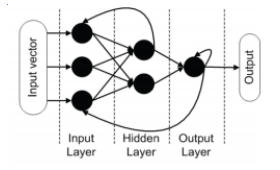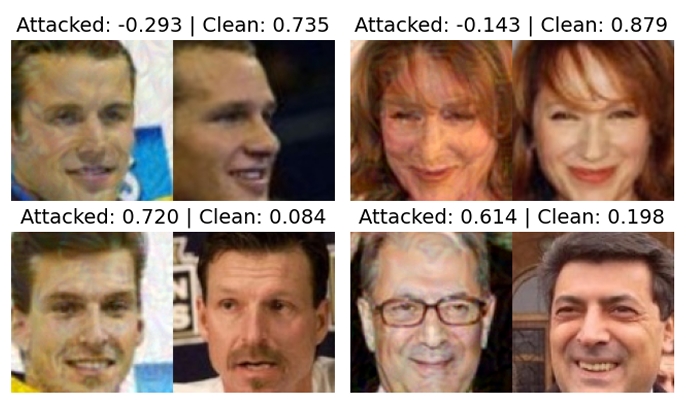
Featured in:
MD Thesis
Authors:
Rui Barbosa
The evolution of Facial Recognition (FR) systems that has occurred in recenttimes was largely consequence of the evolution in the available technology allowing to include new 3 dimensions analysis combined with the 2 dimensions methodsalready developed in FR systems, combined with the development of new and improved machine learning algorithms.Despite FR systems latter achievements, recent habits changes such as the generalization of face covering, as a consequence of COVID-19 pandemic present anew challenge to FR algorithms. The majority of the methods have not been testedin this new reality making an updated survey over FR fundamental to understand ifthey can be reused or appear obsolete.In this work a classic feature extractor algorithm developed by Emambakhsh & Evans et al. [1] based on spherical patches working combined with a designed and personalized Neural Network (NN) is applied with the objective to demonstrate the importance of the nasal region for 3D FR algorithms, as stated in the article.In order to adapt the research to a new reality, tests were preformed to prove thatalgorithms focused on the ocular region reach similar values of success when compared with the nasal region in order to overcome the nose occlusion consequence of using face coverings due to the COVID pandemic. A second version of the FR system built for the first objective demonstration was implemented having been demonstrated that these effectively have comparable accuracy in the 3D domain.


© 2024 VISTeam | Made by Black Monster Media

Institute of Systems and Robotics Department of Electrical and Computers Engineering University of Coimbra